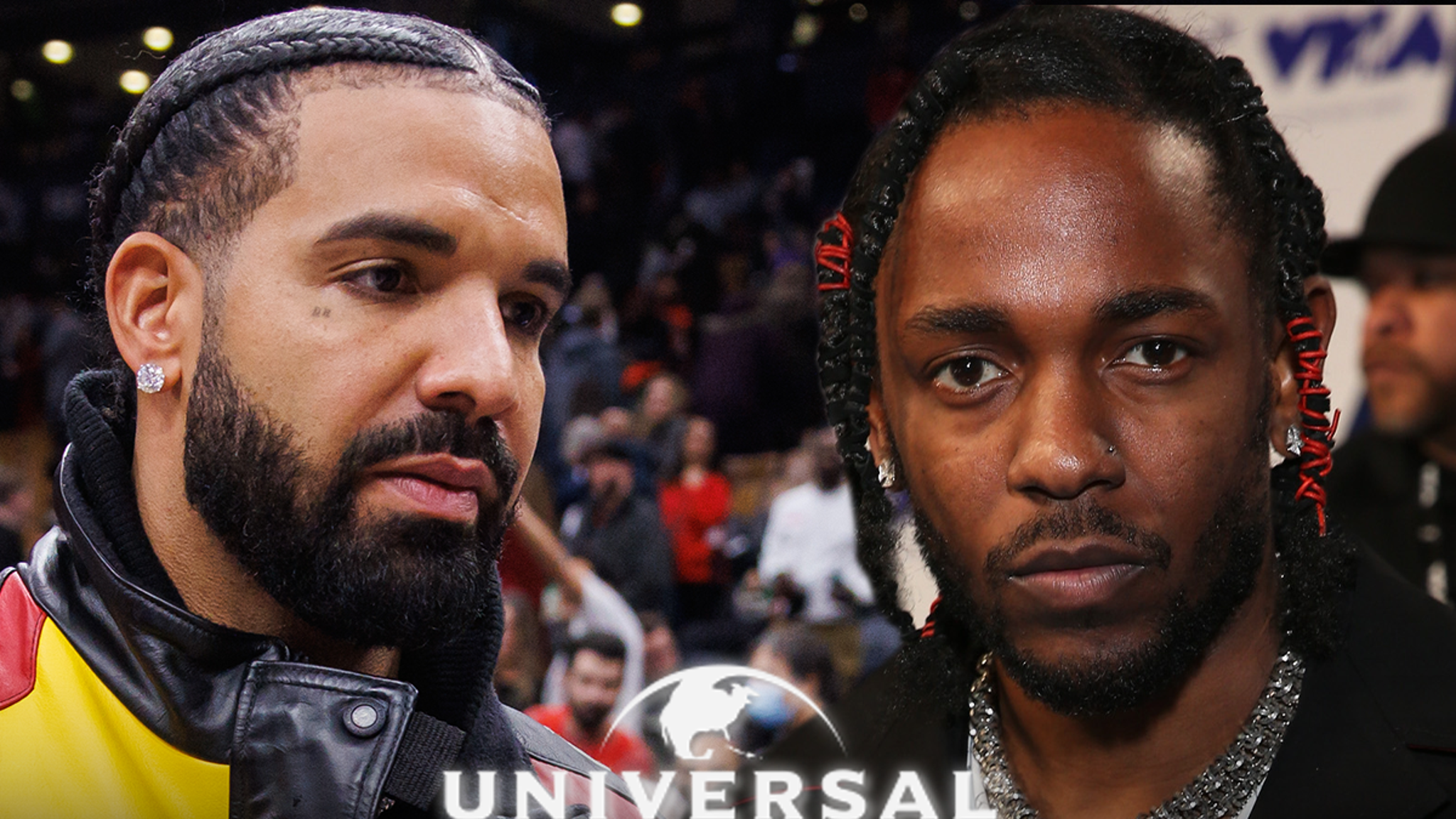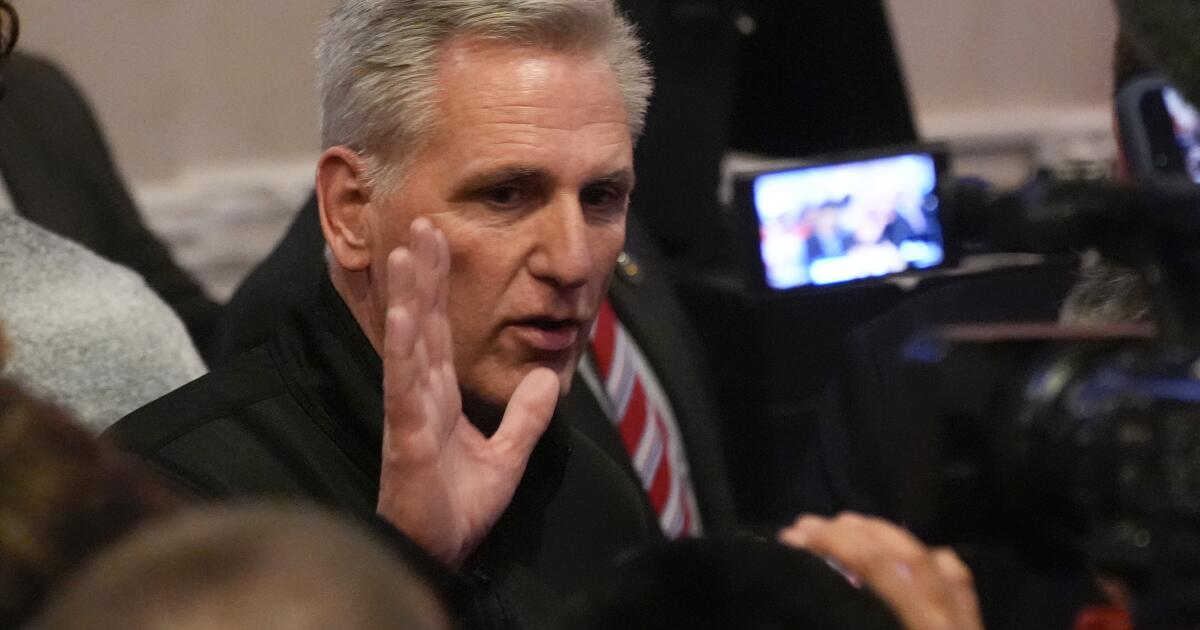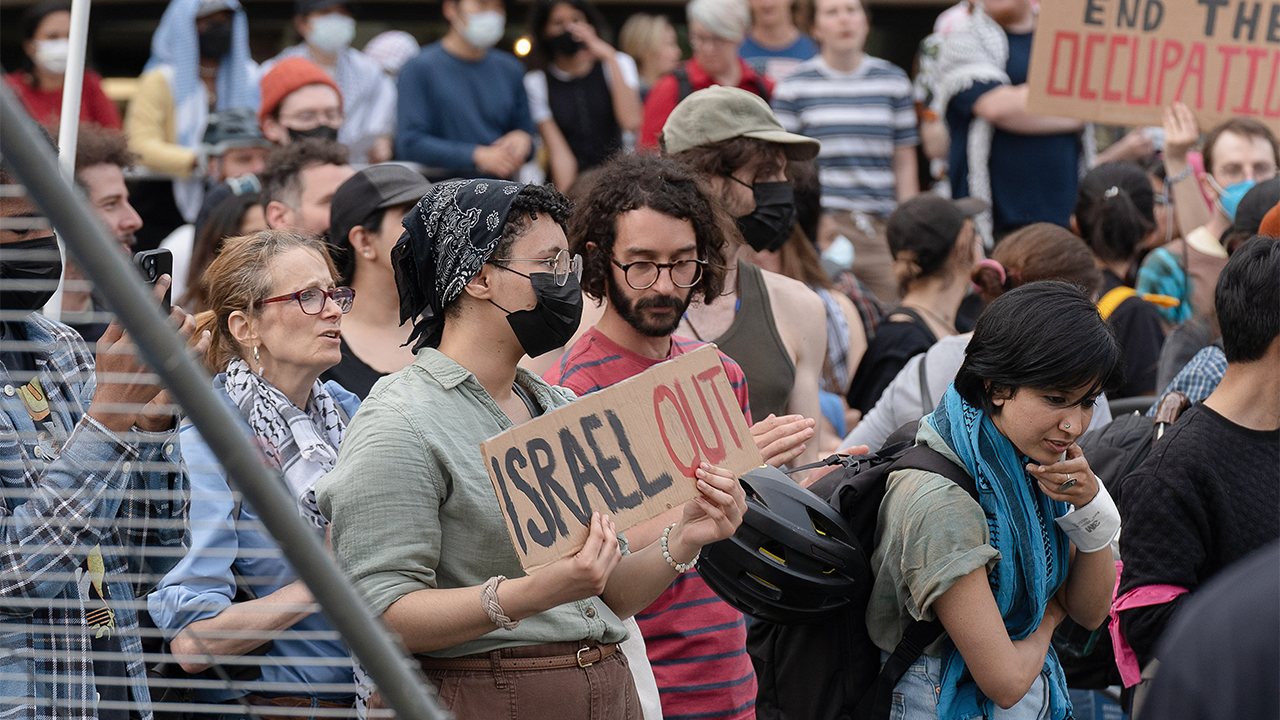Reporting by Guy Faulconbridge; Editing by Alison Williams
World
What to watch for at Xi’s meeting with Putin
/cloudfront-us-east-2.images.arcpublishing.com/reuters/BDUDTYDFVNLEPCZGDADGJMTBOY.jpg)
Chinese President Xi Jinping (R) stands next to Russian President Vladimir Putin as he arrives for a group photo during the BRICS Summit at the Xiamen International Conference and Exhibition Center in Xiamen, southeastern China’s Fujian Province, China September 4, 2017. REUTERS/Wu Hong/Pool/File Photo Acquire Licensing Rights
MOSCOW/BEIJING, Oct 16 (Reuters) – Russian President Vladimir Putin will travel to China this week to meet Xi Jinping, the Kremlin chief’s first trip outside the former Soviet Union this year.
What are the five things to watch for at the meeting?
DEFENCE BOSSES
As Defence Minister Li Shangfu has not been seen in public for more than six weeks, China watchers will be looking at who takes the lead in any talks with Russian military officials on cooperation.
Li was sanctioned by the U.S. in 2018 for an arms deal he secured with Russia in an earlier role. General Liu Zhenli, the head of the military body responsible for China’s combat operations and planning, has emerged as the top contender for the job.
For China, Russia is a not only a major source of oil and gas: the world’s biggest nuclear power is also a rich potential source of technology as the People’s Liberation Army (PLA) seeks to modernise its conventional and nuclear forces by 2035. Russian aviation, rocket and even submarine technology has been shared over recent decades with China, according to a 2022 assessment by the U.S. Department of Defence.
China and Russia closely cooperate on civilian nuclear plants – some of which could be used to produce military grade plutonium, such as the fast breeder rectors at Xiapu.
WEAPONS FOR WAR?
China has refrained from condemning Russia’s operation against Ukraine or calling it an “invasion” in line with the Kremlin which casts the war as “a special military operation”.
The United States has warned China against sending any weapons to Russia, though China is the second largest importer of Russian crude after India and thus supports Russia’s economy.
China has denied reports in Western newspapers that it has sent weapons to Russia.
BEST FRIENDS?
Both Putin and Xi like to project a close friendship: Putin once delivered Russian ice creams – Chistaya Liniya’s “Eskimo” and “Plombir” – to Xi on his birthday while Xi is the only world leader to have celebrated Putin’s birthday with him.
During a 2019 visit to Russia where both leaders signed off a package of trade deals and admired pandas at Moscow zoo, Xi told Russian media: “President Putin is the foreign colleague that I have interacted with most extensively. He is my best friend, and I greatly treasure our friendship.”
Xi also awarded Putin a friendship medal in 2018, saying that “Putin is my best close friend”.
Putin said in March that he had invited Xi to his private apartment in the Kremlin. He said they had a fireside chat over tea.
OIL AND GAS
The heads of Russian energy giants Gazprom (GAZP.MM) and Rosneft (ROSN.MM), Alexei Miller and Igor Sechin, will join Putin’s retinue during his visit to China, sources familiar with the plans have told Reuters.
Russia wants to secure a deal to sell more natural gas to China and plans to build the Power of Siberia-2 pipeline, which would traverse Mongolia and have an annual capacity of 50 billion cubic metres (bcm).
That compares to the 38 bcm the currently operational Power of Siberia is expected to reach by 2025.
The proposed pipeline would bring gas from the Yamal peninsula fields in western Siberia to China, the world’s top energy consumer and a growing gas consumer. The price has yet to be agreed.
SOARING TRADE?
Trade between Russia and China soared 30% in the first half of this year and will rise to more than $200 billion in 2023, Russian Economy Minister Maxim Reshetnikov said on a visit to China.
Russia is now China’s second largest trade partner outside Asia, second only to the United States, which accounted for half a trillion in trade in the first nine months of this year. Russia accounted for $176 billion and Germany $158 billion.
Our Standards: The Thomson Reuters Trust Principles.

World
‘Bleak milestone’: UN says 3 million forced to flee in Myanmar conflict

United Nations says the number displaced has jumped by 50 percent in last six months as fighting has intensified.
The number of people in Myanmar forced from their homes by conflict now exceeds more than 3 million in what the United Nations has described as a “bleak milestone” for the country.
The UN said the number displaced had surged by 50 percent in the last six months as fighting escalated between the military and armed groups trying to remove the generals who seized power in a coup in February 2021.
“Myanmar has this week marked a bleak milestone with more than 3 million civilians now displaced nationwide amid intensifying conflict,” the office of the UN Resident and Humanitarian Coordinator for Myanmar said in a statement on Monday.
“Myanmar stands at the precipice in 2024 with a deepening humanitarian crisis that has spiraled since the military takeover in February 2021 and the consequent conflicts in many parts of the country, driving record numbers of people to abandon their homes seeking safety.”
Of the 3 million internally displaced people, more than 90 percent fled as a result of the conflict triggered by the coup, the UN added.
About half of the displaced are in the northwestern regions of Chin, Magway and Sagaing, with more than 900,000 in the southeast. About 356,000 people live in the western state of Rakhine where a brutal military crackdown in 2017 prompted more than 750,000 mostly Muslim Rohingya to flee into neighbouring Bangladesh.
Myanmar was plunged into crisis when Senior General Min Aung Hlaing seized power from the elected government of Aung San Suu Kyi, which led to mass protests that evolved into an armed uprising when the military responded with brutal force.
Fighting has intensified since the end of October last year when ethnic armed groups allied with anti-coup fighters launched a major offensive in northern Shan and western Rakhine states overrunning dozens of military outposts and taking control of several key towns near the border with China.
In recent weeks, the military has also been battling with ethnic Karen groups for control of Myawaddy, a major trade hub on the border with Thailand.
The UN said the deepening conflict meant that some 18.6 million people in Myanmar were now in need of humanitarian assistance, 1 million more than in 2023.
But it said efforts to reach those in need were being hampered by “gross underfunding”. It said it had so far received less than 5 percent of the funds it needed for humanitarian operations.
“With cyclone season fast approaching, additional resources are needed now to protect the most vulnerable and save lives,” the statement said.
Last year, UN human rights chief Volker Turk accused the military of preventing life-saving humanitarian aid from reaching people in need by creating a web of legal, bureaucratic and financial hurdles.
The generals, who have been accused of launching air attacks on civilians and burning villages to the ground, have ignored a five-point peace plan that it agreed to with fellow members of the Association of Southeast Asian Nations (ASEAN) in April 2021, under which it was supposed to end the violence.
Nearly 5,000 people have been killed by the military since the coup, according to the Assistance Association for Political Prisoners, which has been tracking the situation. More than 20,000 people are in detention, while Aung San Suu Kyi is serving a combined 27-year sentence after a secret trial in a military court.
World
Extreme Makeover: Home Edition, Now Hosted by Home Edit Duo, Ordered to Series at ABC

ad
World
From Marseille to Mont-Blanc: What to know about the journey of the Olympic torch to Paris
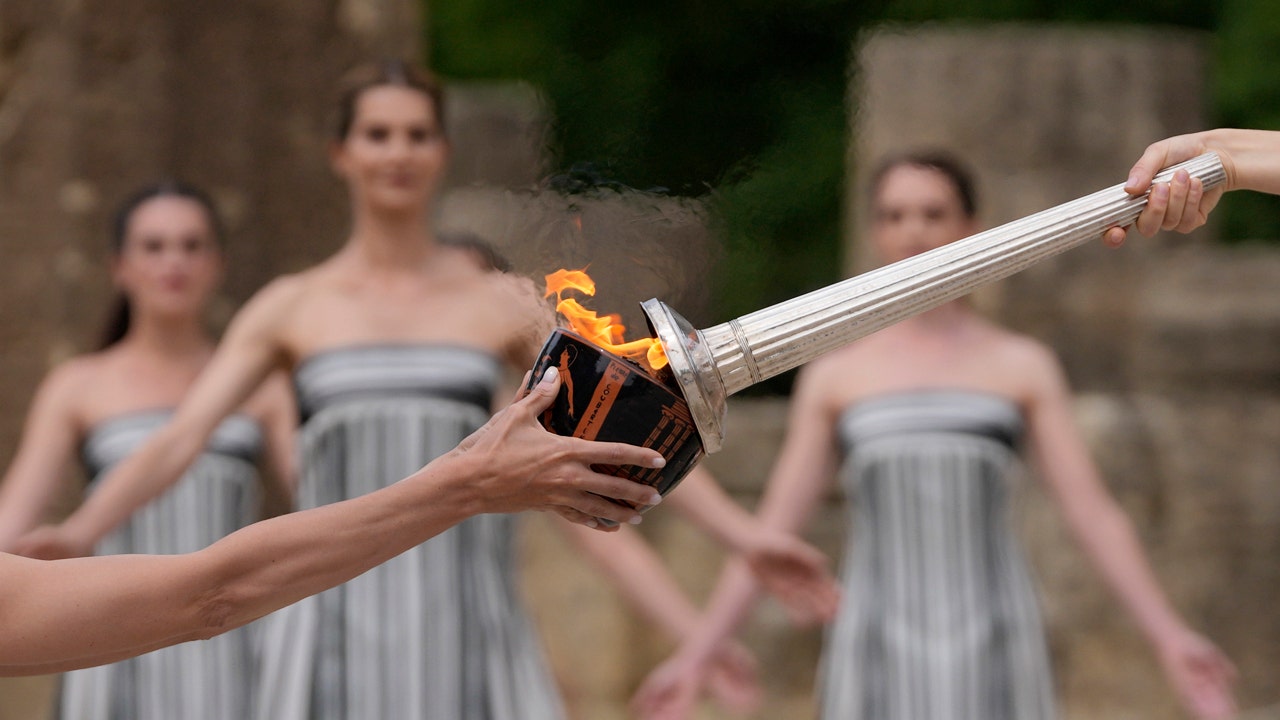
The Olympic torch will finally enter France when it reaches the southern seaport of Marseille on Wednesday. And it’s already been quite a journey.
After being lit on April 16 in Ancient Olympia, the torch was carried around Greece before leaving Athens aboard a three-mast ship named Belem, headed for Marseille.
OLYMPIC TORCH-LIGHTING CEREMONY EXPLAINED: WHAT TO KNOW AHEAD OF THE PARIS GAMES
The Belem was first used in 1896, the same year the modern Olympics came back. It will be accompanied by more than 1,000 boats as it parades around the Bay of Marseille, before arriving at the Vieux-Port, or Old Port, and docking on a pontoon resembling an athletics tracks.
Torch bearers will carry the flame across Marseille the next day, the last stretch running on the roof of the famed Stade Vélodrome, home to Marseille’s passionate soccer fans.
After leaving Marseille, a vast relay route will be undertaken before the torch’s odyssey ends with the opening ceremony of the Games on July 26 in Paris.
Here’s a look at where the torch goes before reaching Paris:
MONT-SAINT-MICHEL
The torch is due to reach the famed and visually stunning site of Mont Saint-Michel in Normandy on May 31.
Located in an area of raised land surrounded by water, the island fortress looks like it was created for a Game of Thrones film set. But it’s real, and very old.
Actress Mary Mina, playing high priestess, right, lights a torch during the official ceremony of the flame lighting for the Paris Olympics, at the Ancient Olympia site, Greece, April 16, 2024. The Olympic torch finally enters France when it reaches the southern seaport of Marseille on Wednesday, May 8, 2024, on an armada from Greece. After leaving Marseille, a vast relay route will be undertaken before the torch’s odyssey ends on July 27 in Paris. (AP Photo/Thanassis Stavrakis)
So old that it already existed during the Hundred Years’ War between England and France, from 1337 to 1453. An English attack was even fended off. Later it became a prison, and in 1979 it was named a UNESCO World Heritage Site.
Every years swarms of tourists are in awe of its raw and haunting beauty.
ACROSS THE OCEANS
The torch travel route is even more unique considering it takes a detour through France’s overseas territories called the Relais des Océans, or Ocean Relay. Riding the waves of the Atlantic, Pacific and Indian Ocean, it will be in French Guiana on June 9 before hitting New Caledonia on June 11.
Next is the island of Réunion at Saint-Denis — coincidentally the same name as the Paris suburb with the Olympic village — before reaching Papeete in the surfing realm of Tahiti, then Baie-Mahault in Gaudeloupe and finally Fort-de-France in Martinique.
The torch comes back to France on June 18 in the southern city of Nice.
FROM SEA BREEZE TO HEAVY CHEESE
Just five days after landing on French shores, the torch heads up the Alpine mountain pass of Chamonix-Mont-Blanc for Olympic Day on June 23.
The Haute-Savoie region is known for its outstanding Chamonix ski resort, which hosts World Cup races, for sweeping views across glacier fields to nearby Italy, and — some would say more importantly — as a producer of fine cheese.
A Cheese Olympics, should it be invented, would feature a sturdy crew of eight competitors from Savoie: Abondance, Beaufort, Chevrotin, Emmental, Reblochon, Tome, Tomme and the heavy-duty Raclette.
HEADING FOR PARIS
After leaving fromage-friendly Savoie, torch bearers will digest in the Doubs region of eastern France, and then visit the Alsace city of Strasbourg in the northeast.
Three days later the torch will reach Verdun, the site of one of the most horrific battles of World War I. From February to December 1916, more than 700,000 French and German soldiers were killed or wounded at the Battle of Verdun.
BASTILLE DAY ARRIVAL
The torch is to arrive on the streets of Paris on July 14 — hardly surprising, considering it’s Bastille Day, France’s national day.
The torch will stay the following day in Paris, then exit again before snaking back to the French capital via Versailles — home to the resplendent Royal Palace — and the suburbs of Nanterre on July 24 and Seine Saint-Denis on July 25.
From there, it’s to travel a very short distance back to Paris on July 26 for the grandiose opening ceremony where athletes will parade on more than 80 boats at sunset on the Seine River.
FINAL DESTINATION?
After the nearly four-hour ceremony ends shortly after 11 p.m., the cauldron will be lit at a location that is being kept top-secret until the day itself. Among reported options are such iconic spots as the Eiffel Tower and the Tuileries Gardens outside the Louvre Museum.
FLAME PROTECTION
A total of 10,000 people will carry the torch along its route. Local police forces on each section of the relay will help to ensure security is high, providing a security bubble around the torch and its carrier.
ECO-FRIENDLY
The torches have a lower environmental impact than those used at previous Games. They burn biogas instead of propane and are recharged when fuel runs out.
Around 2,000 torches will be used compared to more than 10,000 before, according to Georgina Grenon, the director of environmental excellence at Paris 2024. The torches are made with recycled steel and not new aluminum.
-

 World1 week ago
World1 week agoRussian forces gained partial control of Donetsk's Ocheretyne town
-
Movie Reviews1 week ago
Challengers Movie Review
-
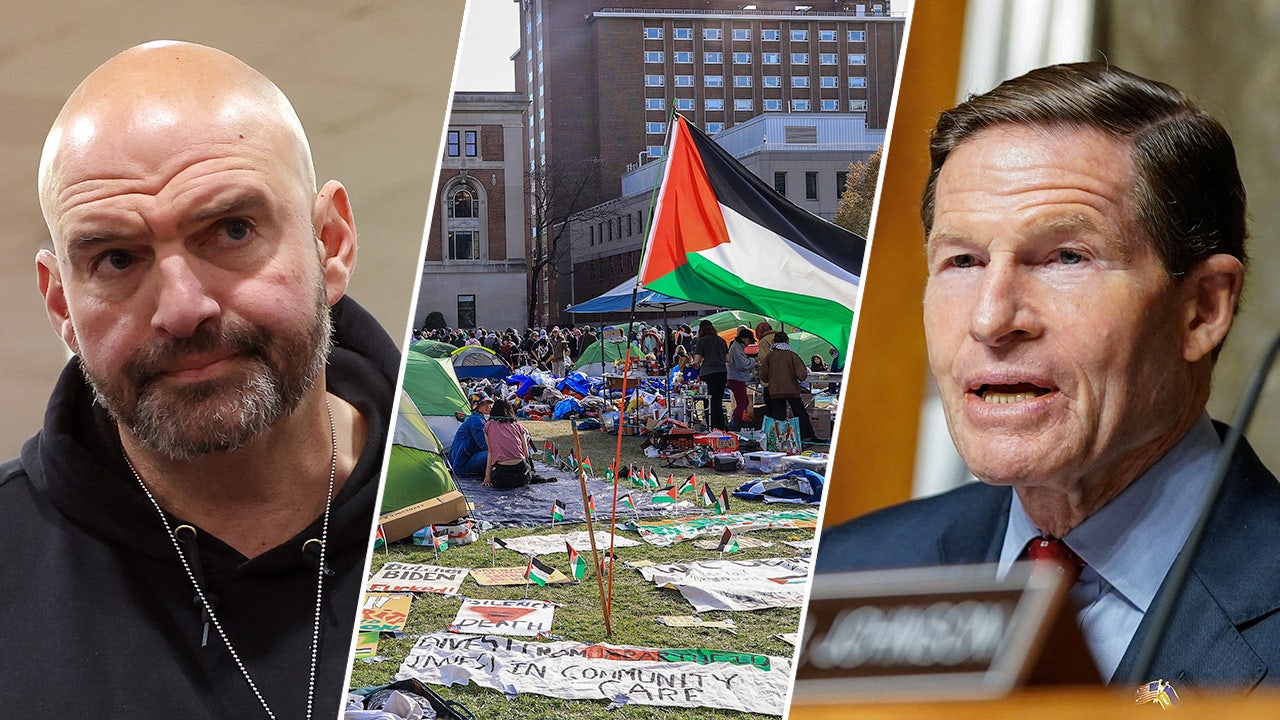
 Politics1 week ago
Politics1 week agoDems disagree on whether party has antisemitism problem
-
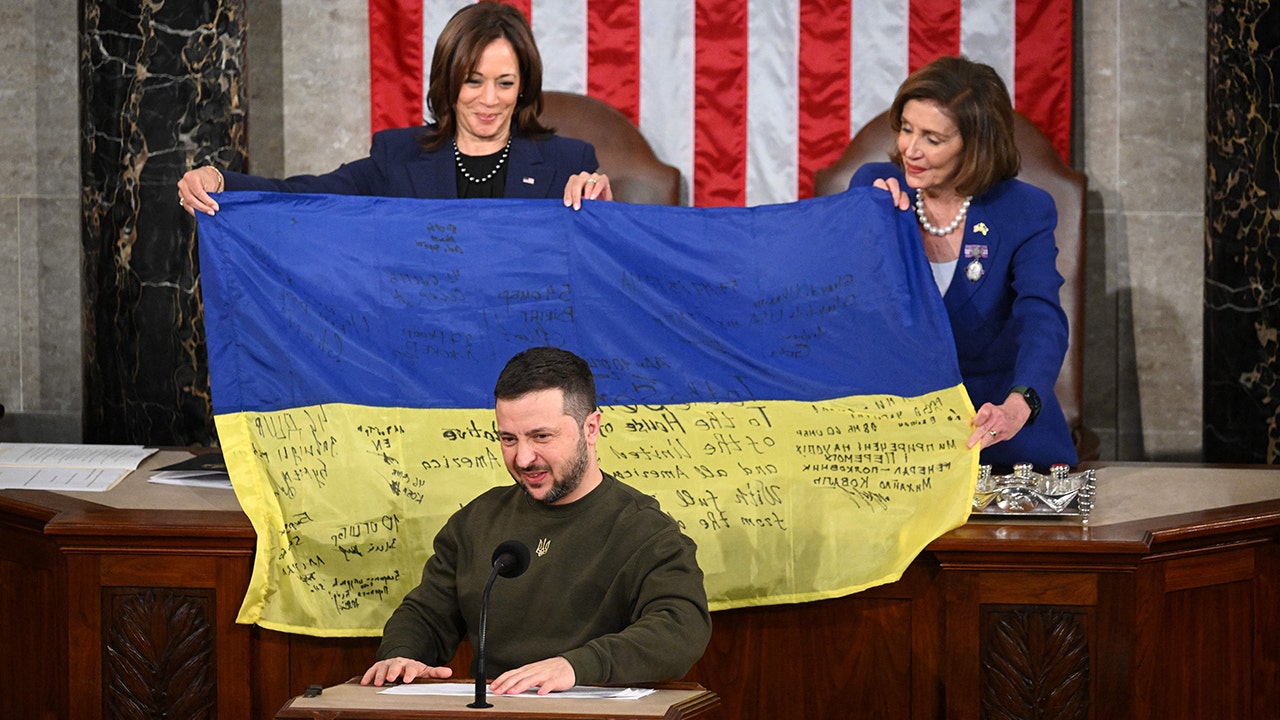
 Politics1 week ago
Politics1 week agoWashington chooses its wars; Ukraine and Israel have made the cut despite opposition on right and left
-

 Politics1 week ago
Politics1 week agoHouse Republicans brace for spring legislative sprint with one less GOP vote
-

 World1 week ago
World1 week agoAt least four dead in US after dozens of tornadoes rip through Oklahoma
-

 Politics1 week ago
Politics1 week agoAnti-Trump DA's no-show at debate leaves challenger facing off against empty podium
-

 Politics1 week ago
Politics1 week agoStefanik hits special counsel Jack Smith with ethics complaint, accuses him of election meddling


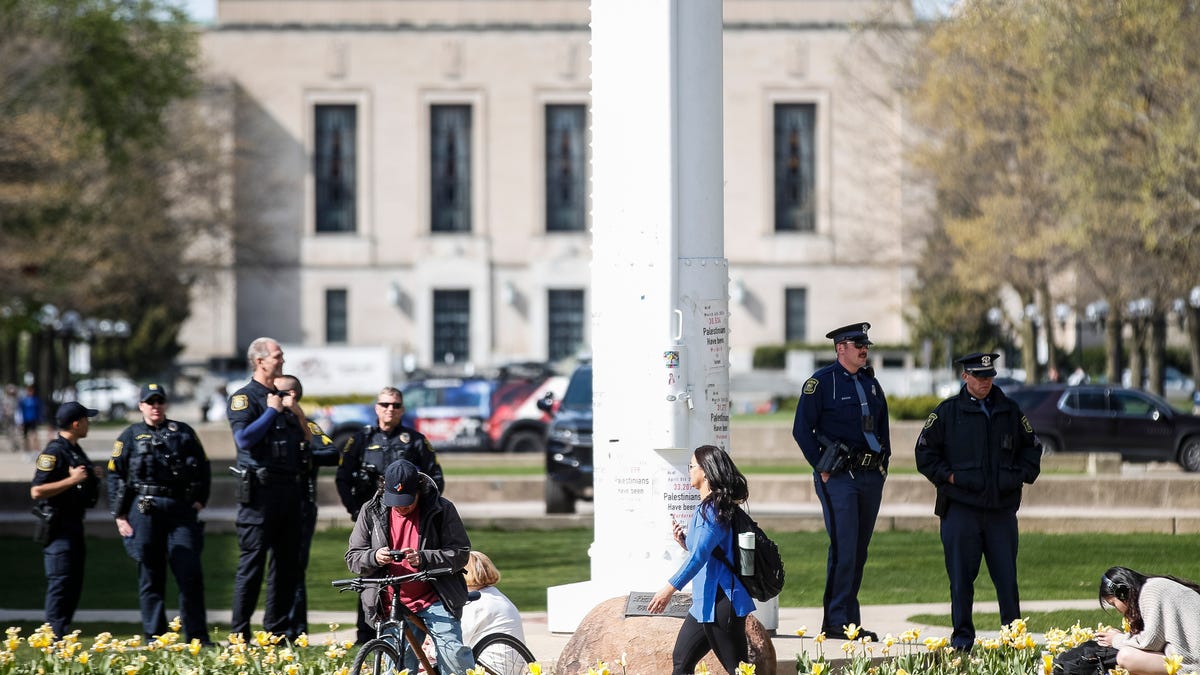
:focal(0x79:3200x2040)/static.texastribune.org/media/files/a17b8ae6bda1da87854644486bc700e0/Livingston%20Flooding%20Drone%20Brothers%20TT%2001.jpg)

